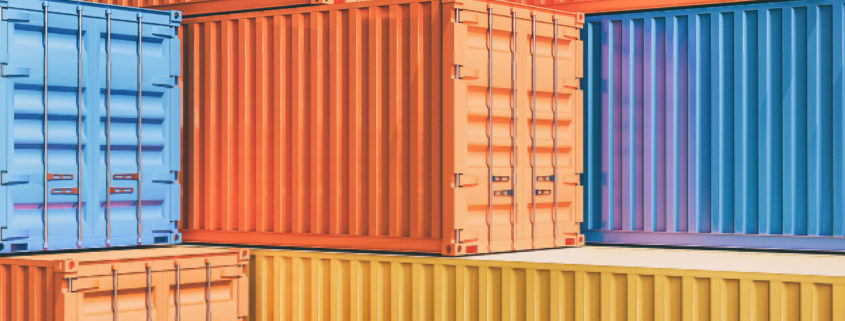Traceability: The IP advantage
By Eugene Philhower
In these days of polarization on just about every topic, there is at least one concept that those of us in the food and farming sectors should all agree upon — that traceability means “back to the farm.” As an identity-preserved (IP) technical adviser for the Specialty Soya and Grains Alliance (SSGA) covering Europe, one of my roles is to help enable increased exports by communicating about the benefits of IP crops and their traceability.
With the ever-increasing interest from consumers in the U.S. and Europe to “know where our food comes from,” the pressure is on every stop along the food value chain to provide “back-to-the-farm-level” information for more and more products, particularly for traditional bulk commodities like soy. If a food product cannot currently be traced back to the farm or farms from where the raw materials came from, it will be expected to do so in some form in the not too distant future.
Here in Europe, there is another factor that needs to be considered. The images of the burning rainforest in Brazil last fall have rallied governments, particularly in Northern Europe and the European Commission, to take visible action on deforestation. This is not new as environmental groups and organizations such as the Consumer Goods Forum have long called for decisive actions on deforestation. However, with broader and more governments actions, the momentum is building.
For example, earlier this year, the seven signature countries of the 2015 Amsterdam Declaration issued a statement on conversion-free soya, calling for national action plans to ensure that “100 percent of our (countries’) soya consumption is produced according to the law and in a way that protects forests and valuable native vegetation (deforestation and conversion free).” It is interesting to note that the commitment is not just limited to deforestation but includes the prohibition of conversion of valuable native vegetation to crop production.
Just last week, the German government adopted guidelines for the promotion of deforestation-free supply chains. In its guidelines, the government commits to promote the cultivation of European Union (EU) and locally produced protein. While details are vague, the German government also intends to increase and improve information of consumers and support more uniform and more stringent approaches at EU level.
Additional sources of plant protein are in demand in Europe as manufacturers experiment with new products. According to Bridge2Food, European companies are looking for long term sources of supply to build out food production lines, and some of them for re-export to Asia. Working in the high-end manufacture means traceability. There is a new government commitment to action and that connects deforestation, choosing a source for imports, and the promotion of local protein.
Back to traceability, the current grain marketing infrastructure in the U.S. has developed on the handling of bulk commodities. The system efficiently manages both a large volume and a large number of products. Over time, this has allowed for efficiencies and lower costs all along the value chain. The foundation of the U.S. position as the number one ag exporting country is this infrastructure. For bulk commodities, the county elevator serves as close to the farm as economically and physically possible and there are very good reasons for this. Under the current system, starting at the local elevator, products are mixed and processed at the individual steps along the way. As a result, each step only needs information on the product as delivered from the previous step. With this “one step forward, one step back” approach, along with appropriate testing and quality inspections, each step along the way has the responsibility to ensure quality and safety standards are met.
In recent years, back-to-the-farm-level traceability has become routine for certain commodities and products. U.S. Department of Agriculture (USDA) regulations require comprehensive traceability in meat due to concerns on animal health and food safety while trade in organic products relies on segregation and certification starting at the farm level.
Whether consumers are motivated out of concerns for the tropical rainforests and habitat destruction or in the interest in supporting “local” production, more and more consumers, and the competitive retail sector, will be demanding to know where all of its products are produced. Back to the farm traceability is a fundamental aspect of the SSGA IP effort that promotes the origin of products and the U.S. is in a great position to respond to these growing demands.








Leave a Reply
Want to join the discussion?Feel free to contribute!